Neuroscience

Neurotransmitter receptors function via various G-protein coupled and G-protein independent mechanisms that activate downstream intracellular signaling pathways such as cAMP/PKA, PI3K/AKT, phospholipase A2, and phospholipase C pathways. For instance, dopamine receptors act through adenylate cyclase to activate PKA and other signaling molecules, thereby mediate gene expression through the actions of CREB and other transcription factors. Other neurotransmitters such as NMDAR or AMPAR are associated with ion channels that control flux of Ca2+ and Na+, thus propagating the action potential across the post-synaptic neuron.
Dysfunctions in GABAergic/glutamatergic/serotonergic/dopaminergic pathways result in a broad range of neurological disorders such as chronic pain, neurodegenerative diseases, and insomnia, as well as mental disorders including schizophrenia, bipolar disorder, depression, and addiction.
-
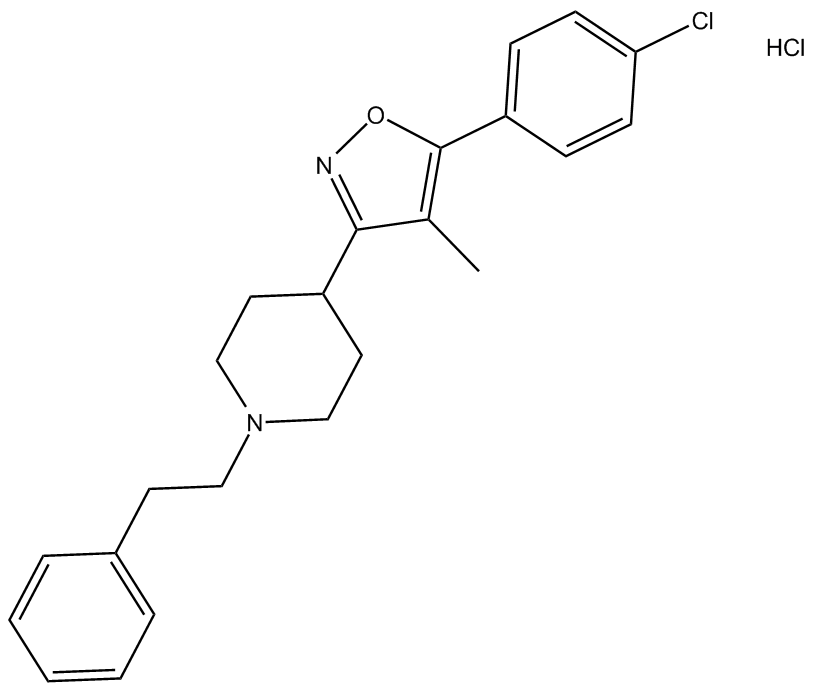 B5044 L-741,742 hydrochlorideSummary: highly potent and selective D4 dopamine receptor antagonist
B5044 L-741,742 hydrochlorideSummary: highly potent and selective D4 dopamine receptor antagonist -
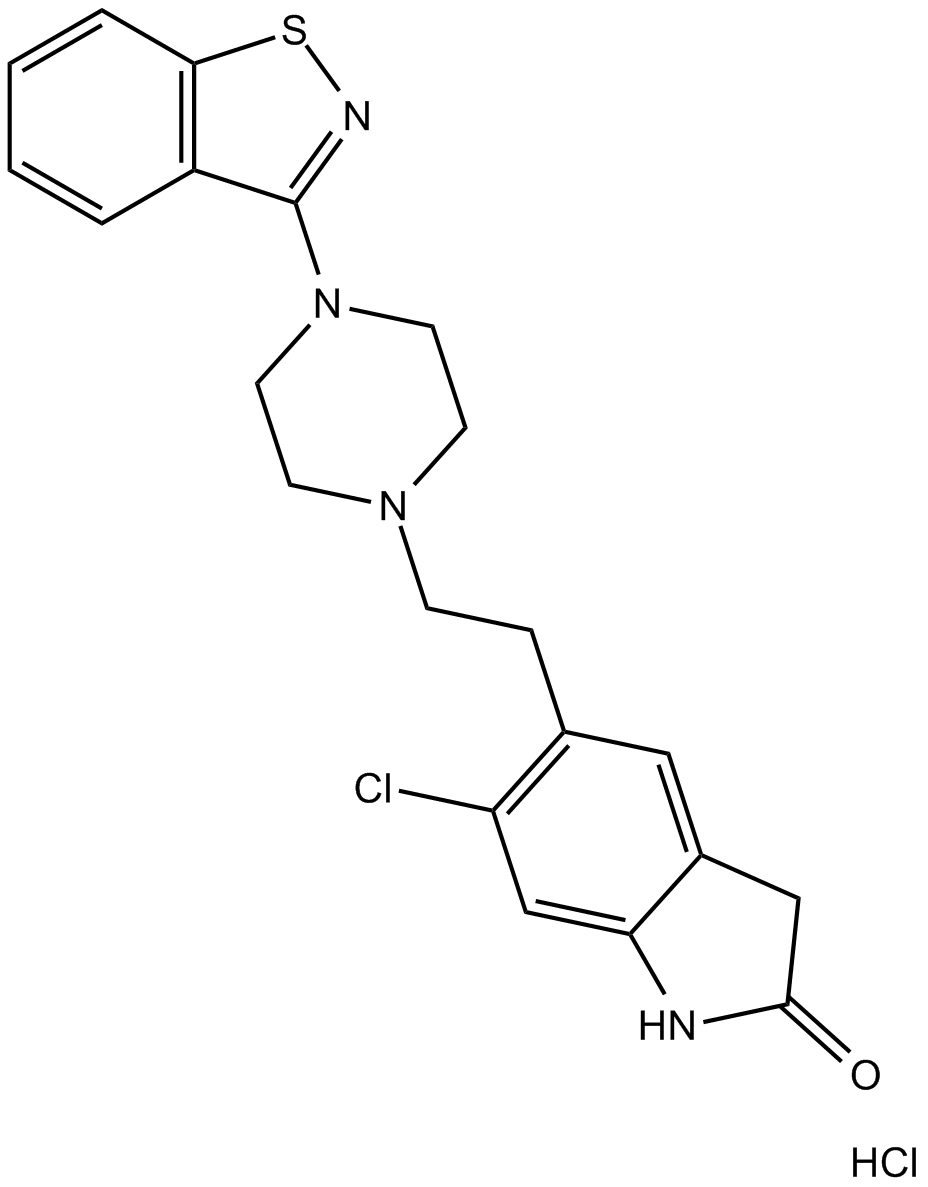 A5350 Ziprasidone HClSummary: Serotonin and dopamine receptor antagonist
A5350 Ziprasidone HClSummary: Serotonin and dopamine receptor antagonist -
 A1134 Agouti-related Protein (AGRP) (25-82), humanTarget: Melanocortin (MC) ReceptorsSummary: Agouti-related peptide(25-82)
A1134 Agouti-related Protein (AGRP) (25-82), humanTarget: Melanocortin (MC) ReceptorsSummary: Agouti-related peptide(25-82) -
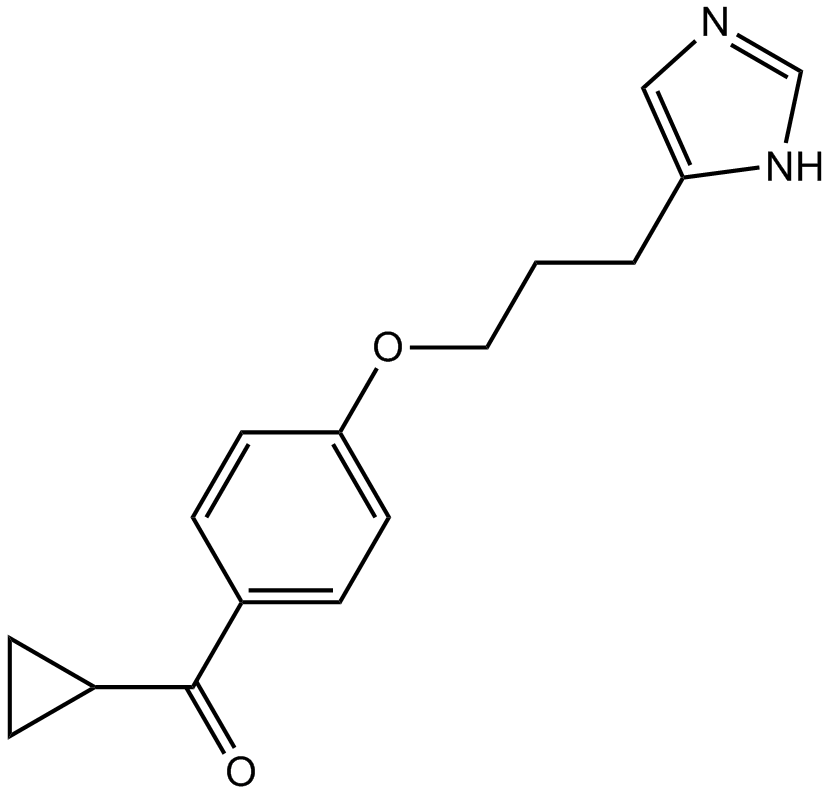 B1570 CiproxifanSummary: Histamine H3-receptor antagonist
B1570 CiproxifanSummary: Histamine H3-receptor antagonist -
 B1459 ValdecoxibTarget: COXSummary: COX-2 inhibitor
B1459 ValdecoxibTarget: COXSummary: COX-2 inhibitor -
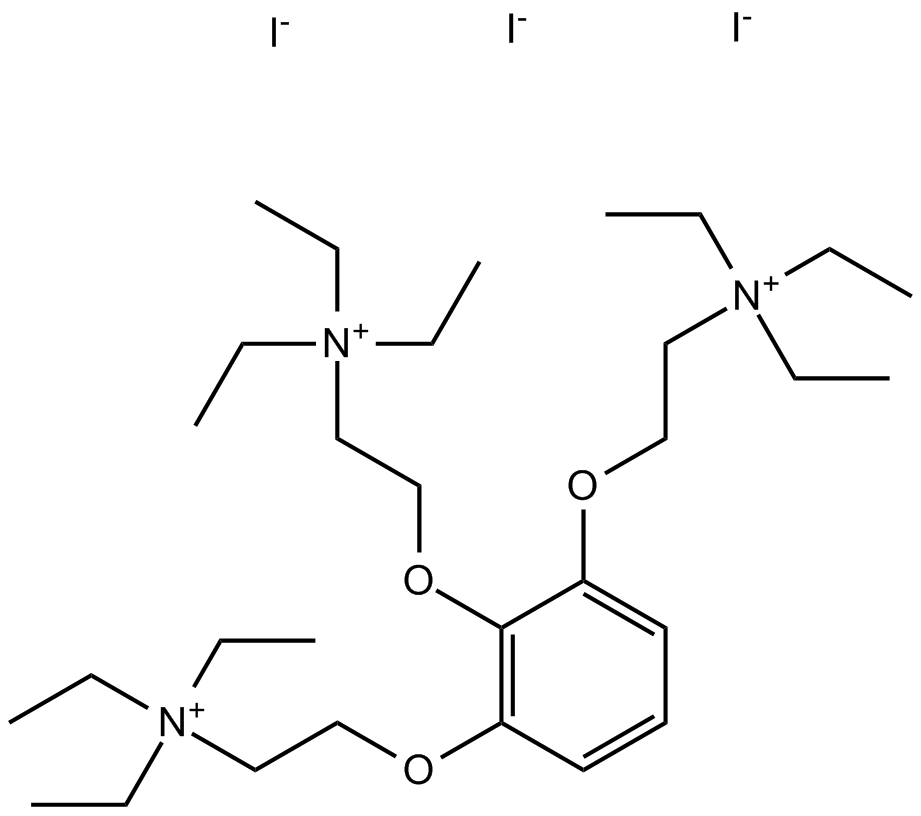 B1610 Gallamine TriethiodideTarget: M2 ReceptorsSummary: Cholinergic receptor blocker
B1610 Gallamine TriethiodideTarget: M2 ReceptorsSummary: Cholinergic receptor blocker -
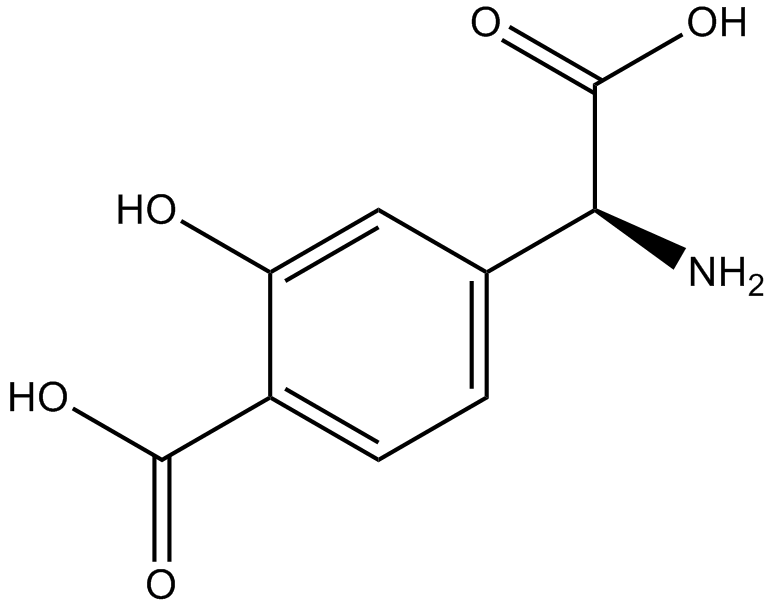 B6253 (RS)-4-Carboxy-3-hydroxyphenylglycineSummary: broad spectrum EAA agonist/antagonist
B6253 (RS)-4-Carboxy-3-hydroxyphenylglycineSummary: broad spectrum EAA agonist/antagonist -
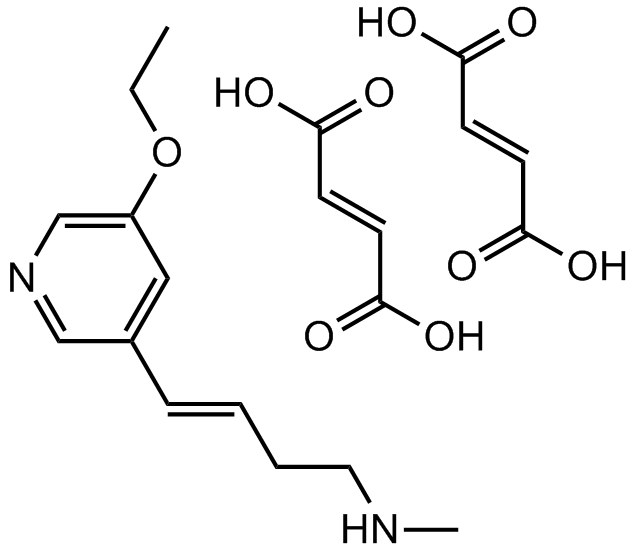 B7168 TC 2559 difumarateSummary: partial agonist of α4β2 nicotinic acetylcholine receptor
B7168 TC 2559 difumarateSummary: partial agonist of α4β2 nicotinic acetylcholine receptor -
 B7285 VU 10010Summary: allosteric potentiator of M4 acetylcholine receptors
B7285 VU 10010Summary: allosteric potentiator of M4 acetylcholine receptors -
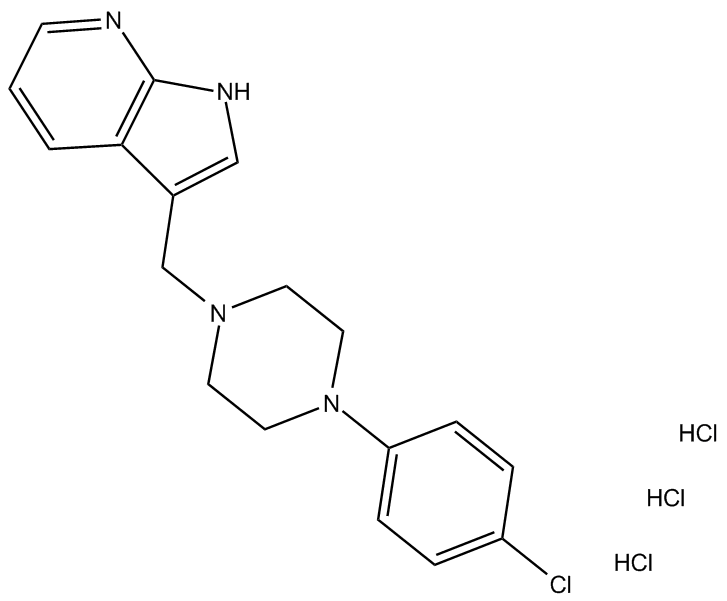 B5043 L-745,870 trihydrochlorideSummary: highly potent and selective D4 dopamine receptor antagonist
B5043 L-745,870 trihydrochlorideSummary: highly potent and selective D4 dopamine receptor antagonist

